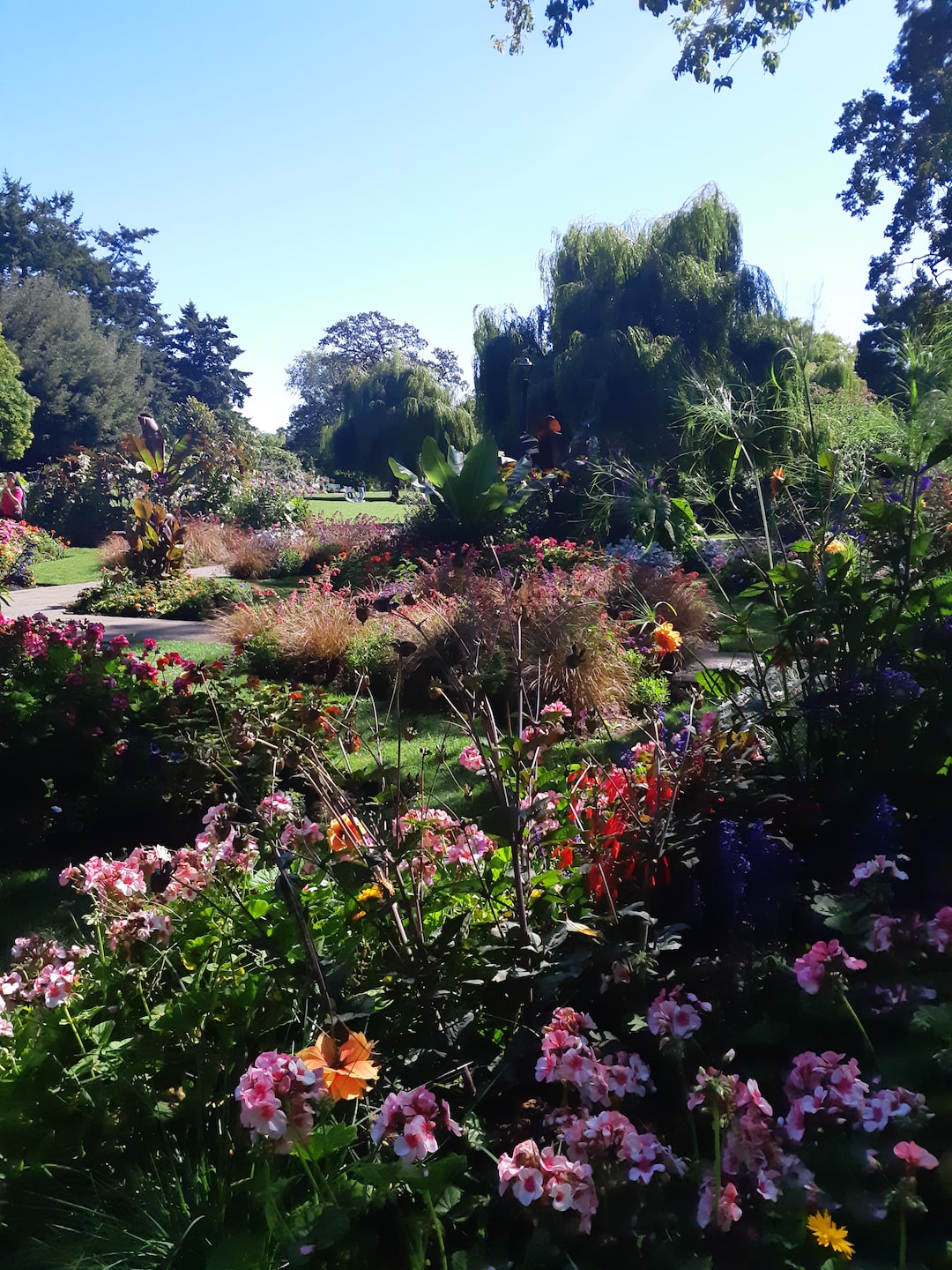Understanding Soil Types: Choosing the Right Soil for Your Garden
When it comes to gardening, one of the most important factors in the success of your plants is the type of soil you use. Different types of soil have different characteristics, and understanding these variations will help you choose the right soil for your garden. In this article, we will explore the different soil types and their properties, enabling you to make informed decisions and create an ideal environment for your plants to thrive.
1. Clay Soil:
Clay soil is dense and easily retains moisture. It has excellent nutrient content, but poor drainage, which can lead to waterlogged roots and root rot. To improve clay soil, add organic matter such as compost or aged manure to enhance drainage and facilitate root growth.
2. Sandy Soil:
Sandy soil, on the other hand, has larger particles that allow water to drain quickly. While this prevents waterlogged roots, it also means that sandy soil does not retain nutrients well. To improve sandy soil, incorporate compost or organic matter to enhance its water and nutrient-holding capacity.
3. Loam:
Loam is often considered the ideal soil type. It is a balanced mixture of clay, sand, and silt particles, providing good drainage while retaining sufficient moisture and nutrients. Loam promotes healthy root development and allows for optimal plant growth. However, it is essential to maintain the balance by adding organic matter regularly, especially if the soil is being cultivated intensively.
4. Silt Soil:
Silt soil consists of fine particles that hold moisture well and have good fertility. Its dense structure can make it prone to compaction, affecting root growth and overall plant health. To enhance silt soil, incorporate organic matter to improve aeration and prevent excessive compaction.
5. Peat Soil:
Peat soil is characterized by its high organic matter content. It is composed mainly of decomposed plant materials and is highly fertile. However, peat soil tends to retain moisture excessively, making it challenging to manage. To improve drainage in peat soil, add sand or other gritty materials to enhance aeration and prevent waterlogging.
6. Chalky Soil:
Chalky soil is alkaline and contains a high concentration of calcium carbonate. This soil type drains well but often lacks essential nutrients like iron, zinc, and manganese. To modify chalky soil, add organic matter and fertilizers tailored to alkaline conditions to provide the necessary nutrients for plants.
7. Acidic Soil:
Acidic soil has a low pH level and tends to be rich in iron and aluminum. While some plants thrive in acidic soil, others struggle to absorb nutrients due to the soil’s acidity. To improve acidic soil, add lime or other alkaline materials to increase the pH level gradually. This will help balance the soil and make it more suitable for a wider range of plants.
Before planting your garden, it is crucial to understand what type of soil you have. Soil testing kits or consulting with local agricultural extension services can provide valuable insights into your soil’s composition, pH level, and nutrient content. Armed with this knowledge, you can then choose the soil amendments and plants suitable for your specific soil type.
In conclusion, understanding soil types is central to successful gardening. Each soil type has its unique characteristics that affect water drainage, nutrient retention, aeration, and plant health. By matching your plants’ needs with the appropriate soil type, you can create an ideal environment for their growth and ensure a bountiful garden. Remember to adjust your soil as needed through the addition of organic matter and soil amendments. With careful consideration and proper soil management, you can enjoy a thriving garden full of healthy, vibrant plants.

